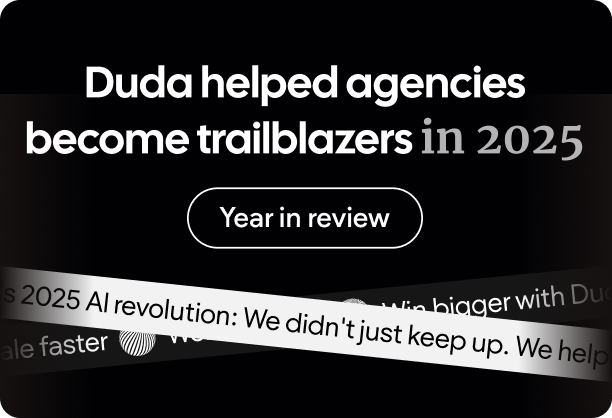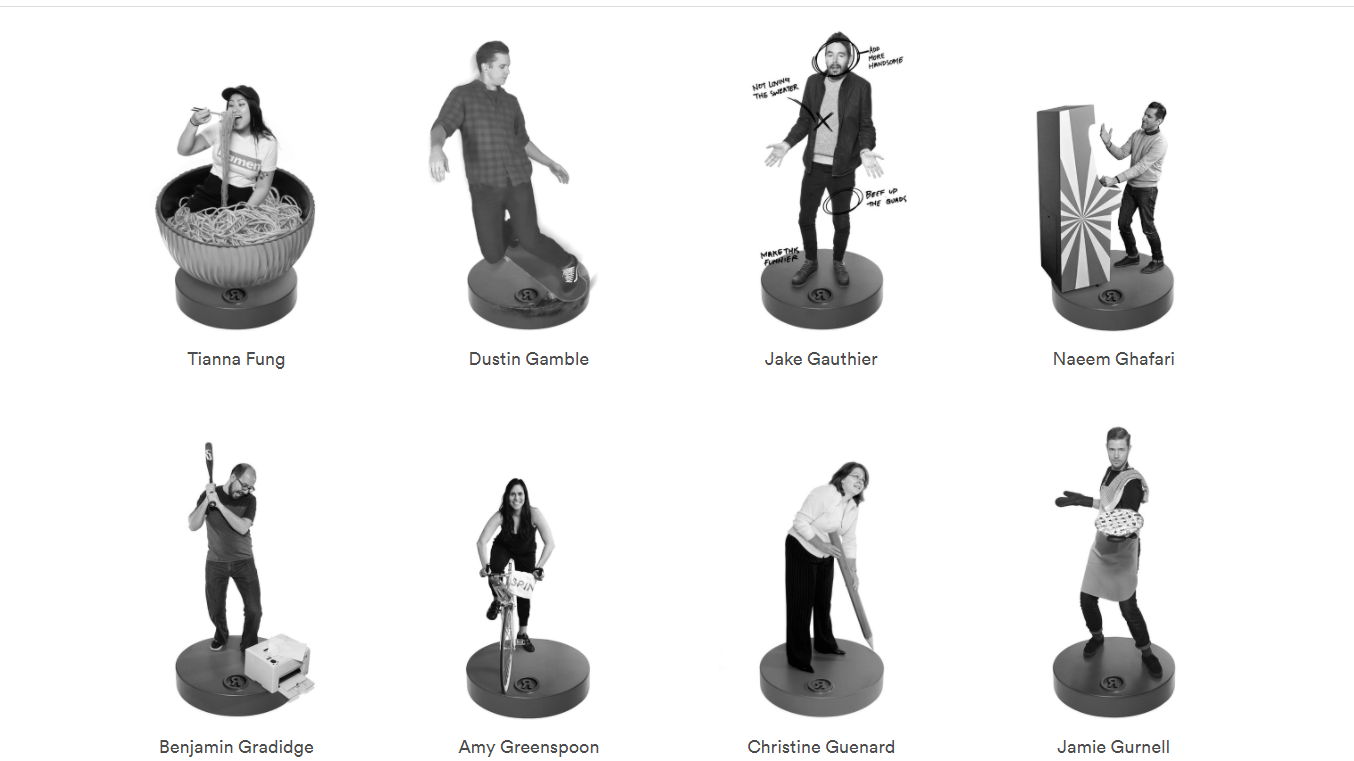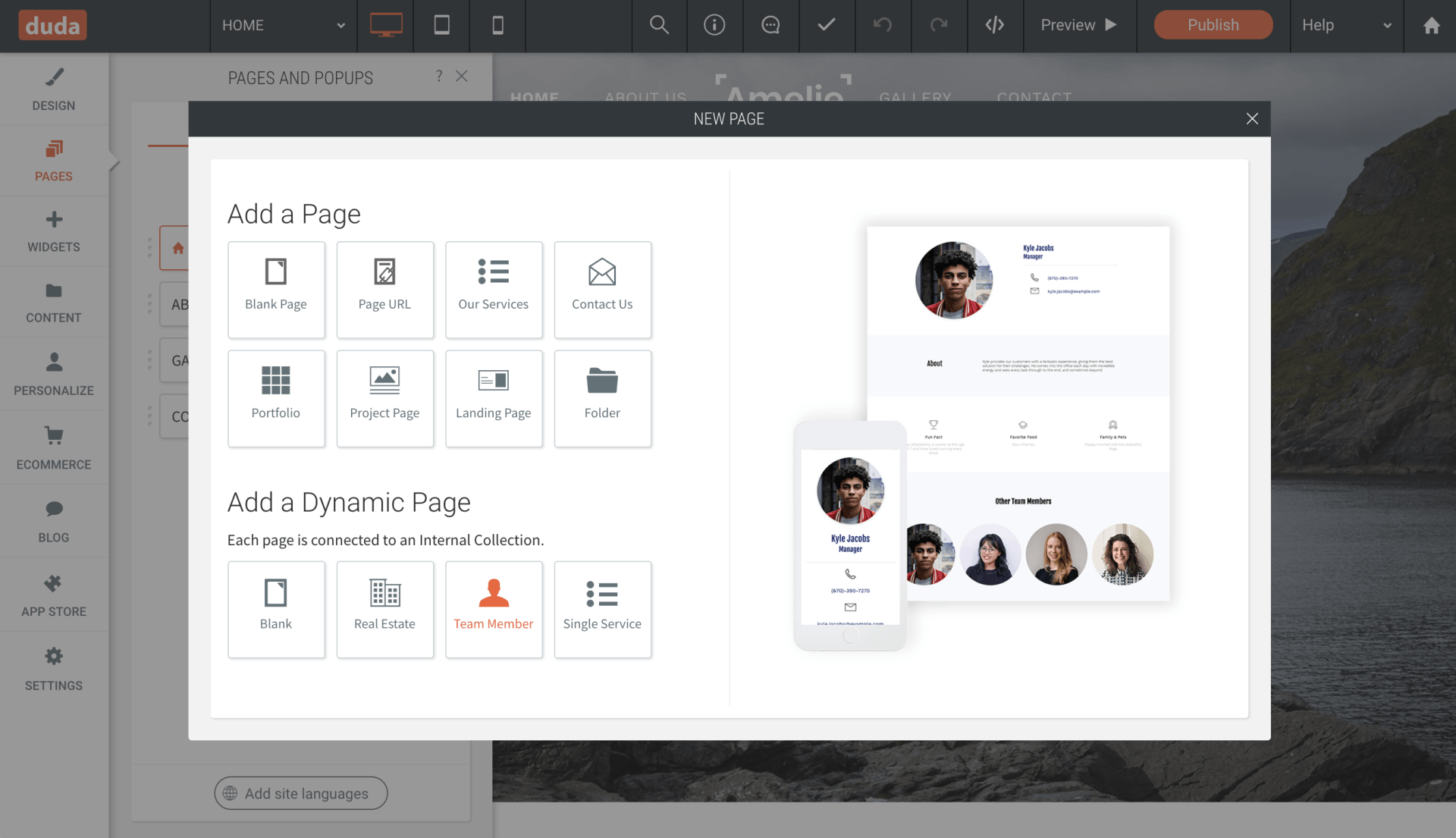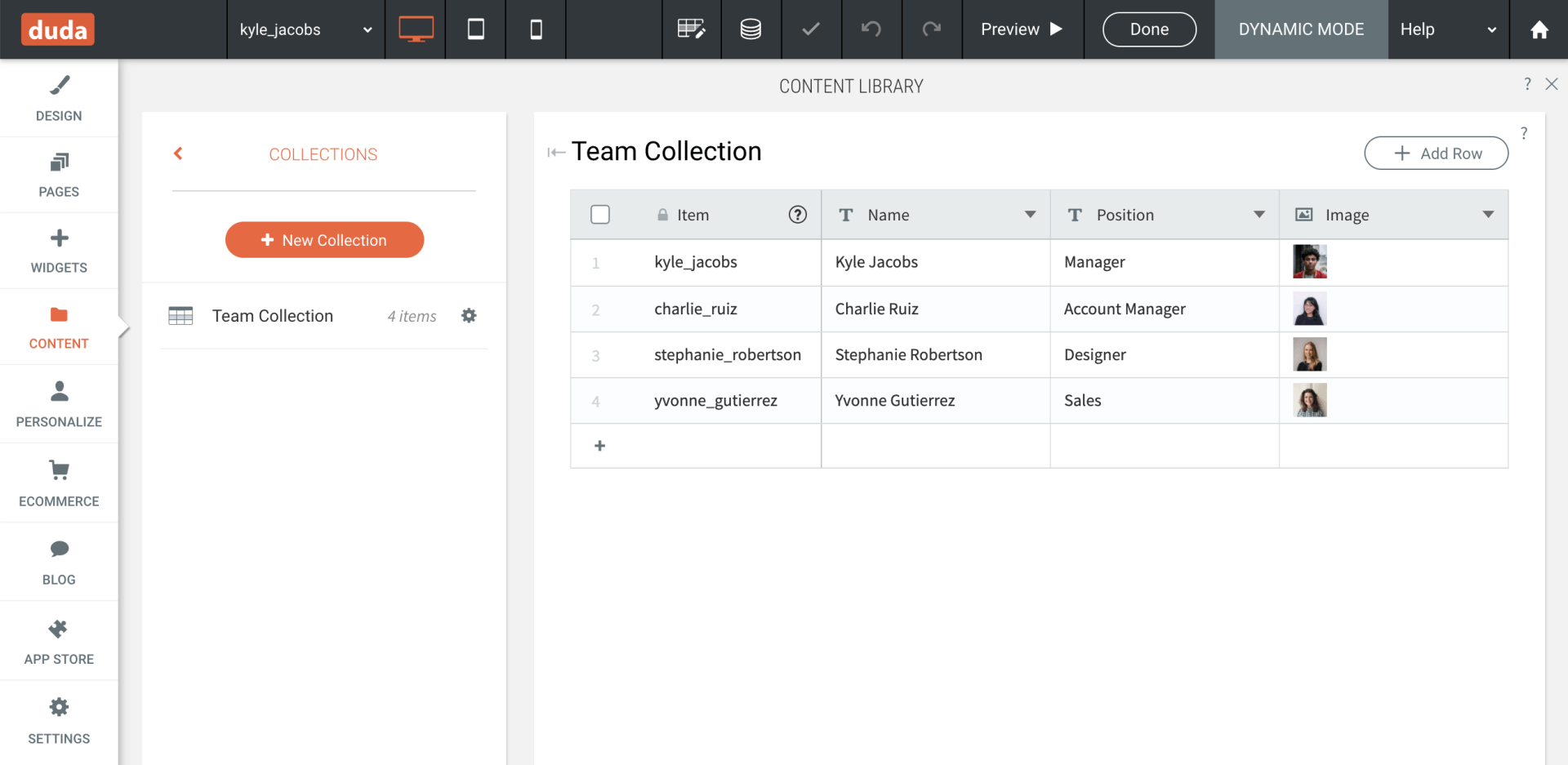Consider your favorite local business — maybe the coffee shop you frequent, a restaurant you dine at, or a book store where you spend your free time. What is it about that place that you love? What keeps you going back?
The quality of products and services are probably factors, but not the only ones. Many people return to the same businesses due to friendly staff, a sense of familiarity, or a welcoming atmosphere. Emotional and mental stimulation plays an important role in turning one-time customers into loyal patrons.
This is why it’s so critical that small business
websites of all kinds maintain an impactful team page that well represents the people behind the brand.
Benefits of a Team Page
A business’s website is often the first, and sometimes only, interaction with potential customers before they visit a company location or engage a service, leaving little space to build an early relationship. A team page gives you the platform you need to show the world the smiling faces that run the business and make a personal connection with customer leads before they ever set foot in an SMB’s store.
Here is how a successful team page will accomplish this goal:
Show Some Humanity
Machinery, AI, and other technologies can help a company with efficiency, but customers want to do business with human beings. A team page lets them know that there are real, breathing people with thoughts and emotions behind your products and services. This will increase your company’s credibility and make consumers feel more comfortable with you.
Set a Warm Tone
Done correctly, a team page allows you to set a tone with customers, add personality to the site and provide a welcoming digital experience more effectively than almost any other page.
When thinking about tone, it’s a good idea to consider what a welcoming environment would look like in a brick-and-mortar store. Holding the door open for guests, smiling when they walk through the door and inviting them to take a look around all conveying a feeling of warmth.
How can you capture that same feeling on your website?
Showcase Expertise
Customers want to buy products and services from people who know what they are doing. By showcasing your team members’ skills and abilities through text and images, you’re letting customers know that the company is qualified and adept at whatever it does.
Include the Essentials of a Team Page
Your team page should be as unique as your team members, but there are a few near-universal essentials to include.
An Overview of the Business
Your team page should include some basic information about the business and your team, such as:
- Business name and location(s)
- Description of the products or services provided
- The history of the company
- Your team's mission statement
- Individual team member and group photos
- Contact information for each team member (if relevant)
Team Member Profiles
A small business’s team members are a vital component to any operation and your team page should communicate just how great they are. There are two main ways you can introduce them to your audience: as individuals or as a part of the team.
- How to Present the Team
as a Whole
— Every member of your team plays an important role in your company’s success. Let your audience know what each person brings to the table by listing skills and accomplishments. Tie in the team dynamic by mentioning how each person’s role fits in to create a full picture of how the business operates.
- How to Present the Team as Individuals — Every member of your team is unique. Each has his or her own passions, quirks, and personality, and it takes each one to give your team its distinct feel. Consider working these traits into your team members profiles. Be sure to highlight things like individual contact info and professional histories.
No matter which way you go, there are some elements you may want to include on the team page, including:
High-quality photos that capture their personalities- Links to their social media accounts or pages on your website
- Professional history
- Specialized skills
- Number of years with the business
- Quotes they admire or a motto each lives by
- A short bio that includes a fun fact about them
Above are just a handful of good examples of what to include in a team member profile, but really the possibilities are endless.
Team Page Examples from Across the Web
To get your ideas flowing, take a look at the following examples of incredible team pages from across the web.
This team page by Rethink does a great job of portraying the different personalities of its members.
From this page, you can tell a little about each member. When you click on one of the team member’s images, you learn a little more about their quirky sides.
A Note On Style...
Ask your team for their thoughts and ideas on what your page should look like. Your goal should be to make it look at least somewhat uniform. You don’t want half of the team to look professional while the other half acts silly or dresses casually.
For example, you either want this:
Both would be too much. Pick one theme or setting everyone can agree on so that your team page is cohesive.
keeping your team page up to date
Your team page is not a "set it and forget it" section of your website. As team members join the team, or move on to their next role, a website's team page will need to be regularly updated.
If the team page is built with the Duda professional website builder, these updates can happen almost-automatically and details of all the team members can be managed by way of a
dynamic page.
Dynamic pages connect the page's template to an
internal or
external collection, including names, photographs, titles, and any other information you want to display on your team page for each of your team members.
Setting up your team page based on connected data makes fast work of keeping the page updated. Every time you want to add a team member to the website, you only need to add a row to the collection with their information, and Duda will automatically update the team page.
Finishing Your Team Page
Once your site visitor reaches the bottom of the page, they should see a call-to-action of some kind (e.g. “Email Us”). Without it, they will not know what you want them to do and will likely exit the website. Be clear with the next steps you want site visitors to take — especially if it's either contacting the small business or a team member directly.
A team page can provide your company and your customers with many benefits. By showing the world what your team is truly made of, you can build trust, strong customer relationships, and an unforgettable brand.
Related Posts
By Stephen Alemar
•
October 23, 2025
Discover why Duda is a top-rated website builder on G2, recognized for usability, easy setup, strong relationships, and excellent results, all backed by real reviews.
By Ilana Brudo
•
October 16, 2025
Discover why digital marketing agencies are choosing Duda over Wix Studio and WordPress for speed, reliability, and client experience, and how it helps them scale without operational overhead.
By Stephen Alemar
•
October 14, 2025
Duda vs. Brizy: Compare these website builders for agencies focused on scaling, client management, AI, eCommerce, and team collaboration.
Show More
















